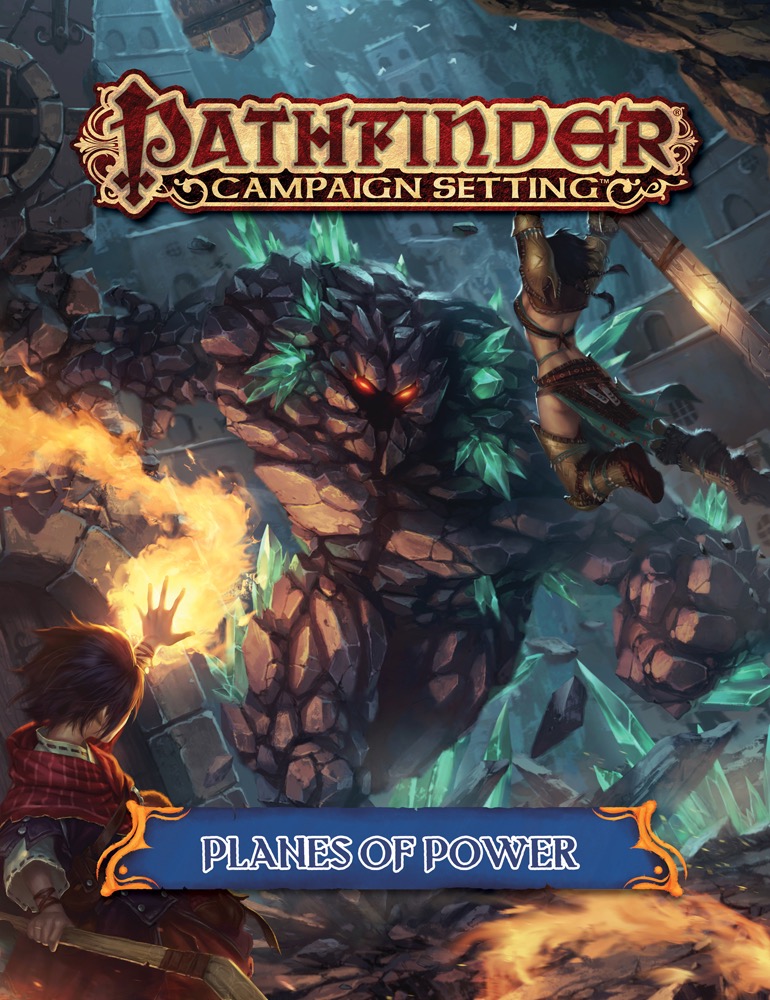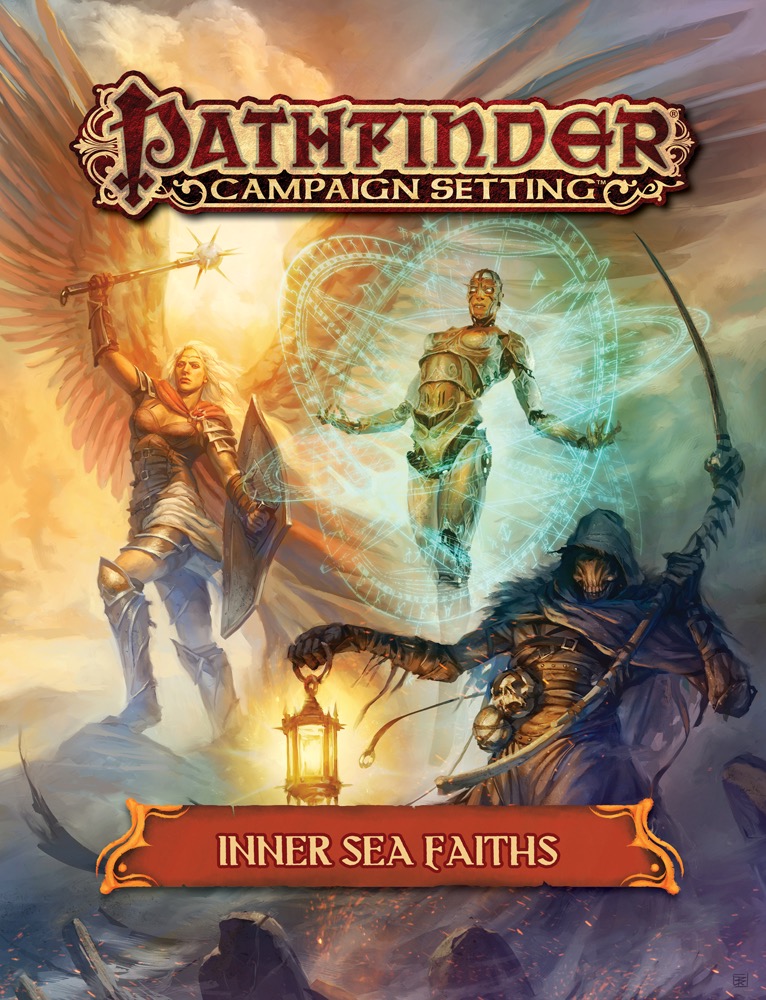Fantasy
roleplaying games allow an escape from reality. They allow us to play
out stories with magic, elves, and dragons that could never happen in
the real world. Yet they retain elements of the real world, often
taking aspects of real world history and cultures to inspire the
peoples and societies that populate them. These elements allow the
game to retain a certain sense of familiarity, and a certain sense of
reality amidst the fantasy.
But
sometimes, you just want to abandon reality altogether, get rid of
the familiar as much as possible, and create something truly
different. This can be through travel to other worlds or even other
planes. Planar travel has been a mainstay of roleplaying since its
earliest days. It’s often something only embarked upon by
high-level characters who have acquired the greater powers needed to
make the jump from one plane to another, but it doesn’t have to be.
The old 2nd Edition Dungeons & Dragons campaign setting,
Planescape made PCs natives of other planes and incorporated
plane-hopping right from first level.
The
Pathfinder Campaign Setting first outlined its planar structure in
the old Pathfinder Chronicles: Campaign Setting book (later
updated as Pathfinder Campaign Setting: The Inner Sea World Guide).
The information in that book was later expanded upon in The Great Beyond. But even
that book could only provide the barest details. The planes are more
than just other worlds; they are entire other universes with enough
space in each one to hold millions of entire campaign settings.
Planes of Power is a more recent
book that takes a much closer look at just four of the many planes
that make up the Great Beyond—specifically
the Elemental Planes of Air, Earth, Fire, and Water. Of course, this
book can still only scratch the surface of these planes, but it is
able to provide enough of a backdrop to whet GMs’ creative juices
and allow them to expand beyond what’s presented.









